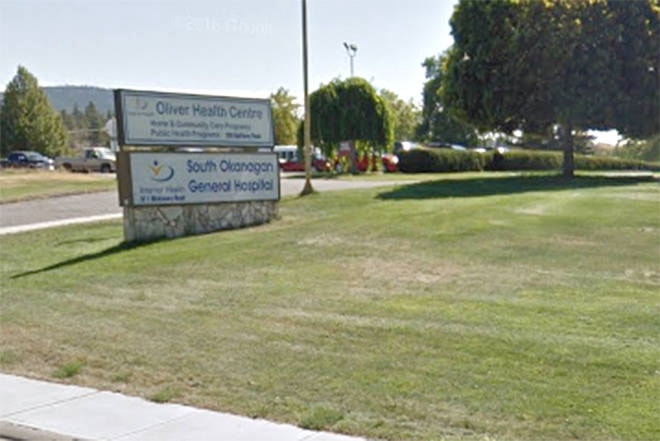Oliver town council is still looking for answers from Interior Health to the emergency room staffing issues at the South Okanagan General Hospital.
In response to a letter sent by council, IH said they have met with local physician leaders to review options for financial compensation as well as improving the work environment at the hospital. However, they failed to provide detailed information on any solutions.
“They went through a page and a little bit of preliminary and history and everything, then in one short sentence said that ‘we have collaboratively identified several short and long-term strategies that I am optimistic will ensure stability and fair financial renumeration for physicians to choose to work in Oliver.’ Since they went on, for a page and half basically, about the history and everything — it would have been nice if they could have expanded on their short and long-term strategies. Perhaps that is to come,” said Coun. Larry Schwartzenberger.
Related: Another ER closure at SOGH
Council decided to respond back with a letter asking for a date of when those strategies would be unveiled and re-iterating that 24-hour, seven days a week access to the emergency department is important to the community.
“You know you kind of want to believe that things are happening the way they say that things are happening, but without any sort of priorities attached, or identified, then we don’t know. It would take us hearing from our local doctors again to find that out,” said Coun. Petra Veintimila.
Related: Small group rallies for better health coverage in South Okanagan
In the IH letter, signed by vice president of medicine and quality Michael Ertel, it states the rural family medicine-based facilities is where a large percentage of physicians opt to offer full service family medicine — including emergency department coverage. The letter further states the Rural Subsidiary Agreement has financial incentives built into the practice that are potentially in jeopardy (including recruitment and relocation, education and paid vacation coverage) if Oliver were to exceed the 20 full-time equivalent physician complement that defines SOGH as a rural and remote site.
Currently there are 22 physicians, comprising a total of 18.5 full time equivalents. Of those, only 11 are available to provide coverage to the emergency department, which has created the staffing challenges and closures.
Ertel said physician staffing is reviewed by physician-led committees and that the yearly cycle for this is about to commence.
“They keep saying this over and over but at the same time we have those independent contractors that are participating in the study year after year coming to us and saying they remain unhappy,” said Veintimila. “So, I am cautiously optimistic that the priorities that have been identified are maybe changing the course of actions and that something positive comes out of it.”
In November, SOGH doctors told council that looking forward they were expecting further closures of the emergency department due to staffing issues. Dr. Peter Entwistle said the issue has been ongoing for 10 years and is a combination of an imbalance of low pay and high workload. He added there is a “significant gap” in compensation to neighbouring hospitals, including Penticton Regional Hospital.
To report a typo, email: editor@pentictonwesternnews.com.
<>@PentictonNews
newstips@pentictonwesternnews.com
Like us on Facebook and follow us on Twitter.
